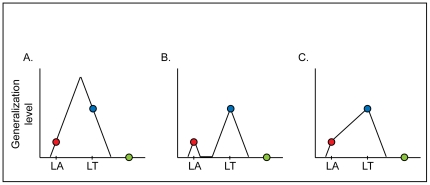Figure 5. Alternative patterns of the generalization function.
Stimulus-generalization is the transfer or “spreading” of a conditioned response to new stimuli. The extent of stimulus-generalization depends on proximity to the learned stimulus [1], [19]–[24]. For example, a pigeon that learned to peck as a response to a yellow stimulus (580 nm), will also peck, to some extent, as a response to yellowish stimuli (570 or 590 nm) but will not change its response to other colors. Generalization effects of visuomotor learning are commonly assessed by measuring after-effects in responses to stimuli that did not appear during learning [10], [11]. Previous studies on human subjects have found little or no generalization for stimuli located 45° or more away from the learned stimulus (this was termed “limited generalization” [10], [25]). Stimulus-generalization is assumed to be symmetrical about the learned stimulus [9]. Our results indicate that the pattern of the generalization function in visuomotor rotation learning is not symmetric about the learned stimulus. Movements to a target in the direction of the learned action were affected by learning, while movements to a target that was located at the same angular distance from the learned target were not affected. The generalization could still be symmetric (A), about a different direction, between the directions of the learned target and the learned action. However, it seems unlikely that the effect of visuomotor rotation learning would not be maximal in the direction of the learned target. Alternatively, the generalization function could be bimodal (B), with a peak in the direction of the learned target and a peak in the direction of the learned action. A third option is that the generalization function is unimodal, with relatively moderate slope in the directions between the learned target and the learned action (C). An experimental support for each of the last two options could be task-dependent: the whole range of hand movement directions (between the direction of the learned target and the direction of the learned action) is experienced during learning (Fig. 3E), with some directions experienced more than others. The visuomotor rotation task might therefore not be sensitive enough to examine the exact pattern of the generalization function. It should be emphasized that whether the generalization function is unimodal or not, whether it is symmetric or not, it depends not only in the spatial properties of the visual input, but also in the spatial properties of the motor output. Abbreviations: LA–learned action; LT–learned target.

